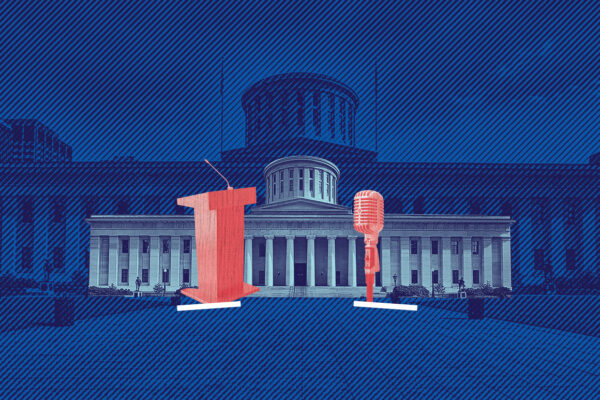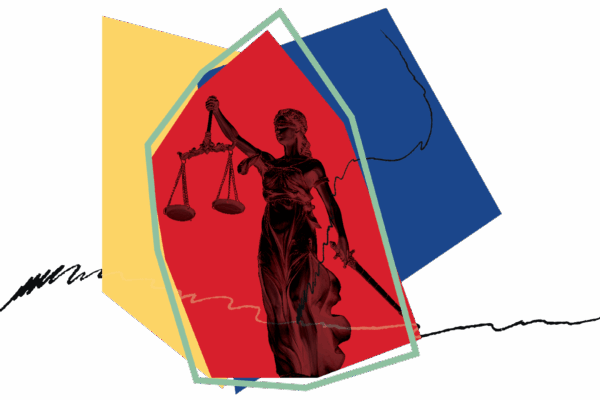To Chairwoman Fowler Arthur, Vice Chair Odioso, Ranking Member Brennan, and members of the House Education Committee, thank you for this opportunity to provide opponent testimony on House Bill 486.
As this committee knows, HB 486 is an uncomplicated bill essentially confirming Ohio’s K-12 public school teachers and faculty at our state universities and colleges are permitted to teach about religion in their classrooms.
If that is all HB 486 seeks to accomplish, then House Bill 486 is entirely unnecessary and its introduction is deeply puzzling. The First Amendment to the U.S. Constitution (as well as the Ohio Constitution) already allows for such instruction and discussion in our classes and coursework.
Of course, there are wise and necessary parameters under the First Amendment regarding this subject. In short, the Establishment Clause mandates the government remain neutral with regard to religion. Government can neither advance nor inhibit religion.
So, for example, an 8th grade history teacher can say some Europeans who arrived centuries ago on our shores were motivated in part by religious freedom they hoped would be more fully realized than from where they departed. Using another example, it is OK, and historically accurate, to say many of those motivated to end slavery in the U.S. were motivated by their religious beliefs.
And, if teachers and faculty are confused about where some of those lines are drawn, plenty of resources exist to assist them and have been available, quite literally, for many decades.
But, Ohio has hundreds and hundreds of public schools and universities and thousands of faculty teaching students. So, it is understandable sometimes there may be an unintentional hiccup, with faculty crossing that line into impermissible classroom instruction or wondering how best to navigate these waters.
If that is the issue, as was expressed during sponsor testimony, then we suggest working with such entities and stakeholders as school districts, superintendents, teachers unions, the Ohio School Boards Association, college and university trustees, and others to increase educational efforts for those tasked with educating our students so any such confusion is minimized.
However, HB 486 does not stop there. Indeed, the other admitted goal of HB 486 is to promote Christianity to captive K-12 school students, and also adults in our colleges and universities, under the guise of “reducing ignorance of American history, hate, and violence within our society.” HB 486 then offers 24 examples of what sponsors believe are appropriate topics such as the relationship of the Ten Commandments to the United States legal system, the religious backgrounds of the signers of the Declaration of Independence, role of the Mayflower Compact, and much, much more.
All this is obviously designed to paint Christianity in the most positive light while deliberately avoiding the negative. Indeed, not mentioned among these suggestions found in HB 486 are such things as biblical and Christian religious justifications that were and are repeatedly offered for enslaving others, denying racial minorities and gays and lesbians full participation in society, denying women and others the right to vote, the displacement and slaughter of those already living on this land when Europeans arrived, and the invasions and takeover of foreign lands and countries via “Manifest Destiny” and other religious rationales.
Also ignored are the numerous battles between Christian denominations that raged in the earlier days of this nation regarding who was a “true” Christian and the various policies and laws that regulated, restricted, and banned various aspects of those members of Christian denominations and other faiths who were disfavored and discriminated against via local and state laws. That is, laws governing who could live in a particular city or state, or hold elected office, direct government funding of specific Christian denominations, and much more.
That is not a suggestion to incorporate these other viewpoints into HB 486. Instead, it is a warning what happens when government schools open this door to promotion and celebration of one particular religious faith or set of religious beliefs. If one of HB 486’s goals is to truly clarify where these constitutional lines are drawn it appears this bill will create far more problems than it solves.
Along these same lines, constitutional concerns are not reduced or solved by adding additional denominations, religions, or religious beliefs to this mix. That would surely compound these concerns in various situations.
This all begs the question of why do this at all? Do we really want our teachers and instructors wading through this minefield, promoting one specific version of Christianity or faith while minimizing or ignoring all others, whether deliberately or inadvertently? Do we want faculty converted into pastors, essentially telling kids around Ohio their own beliefs, if any, take an official, government-approved backseat to Christianity? Is this what will foster a reduction of ignorance, hate, and violence on our society?
Those early American leaders who were deeply skeptical and opposed the clumsy, subjective, and sometimes deliberately oppressive hands of government picking and choosing which declarations, observations, and adherences of faith win versus lose had it right all along. That is, both religion and society flourish when government remains neutral.
The ACLU of Ohio submits HB 486 is, at a minimum, unneeded. Politicians leaning on schools and universities to teach their version of Christianity and religion is an idea rejected centuries ago, and for good reasons. For these reasons and more, the ACLU of Ohio encourages this committee’s rejection of House Bill 486.





